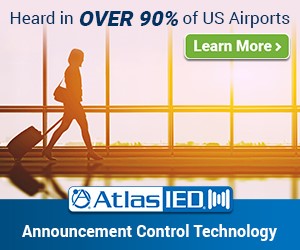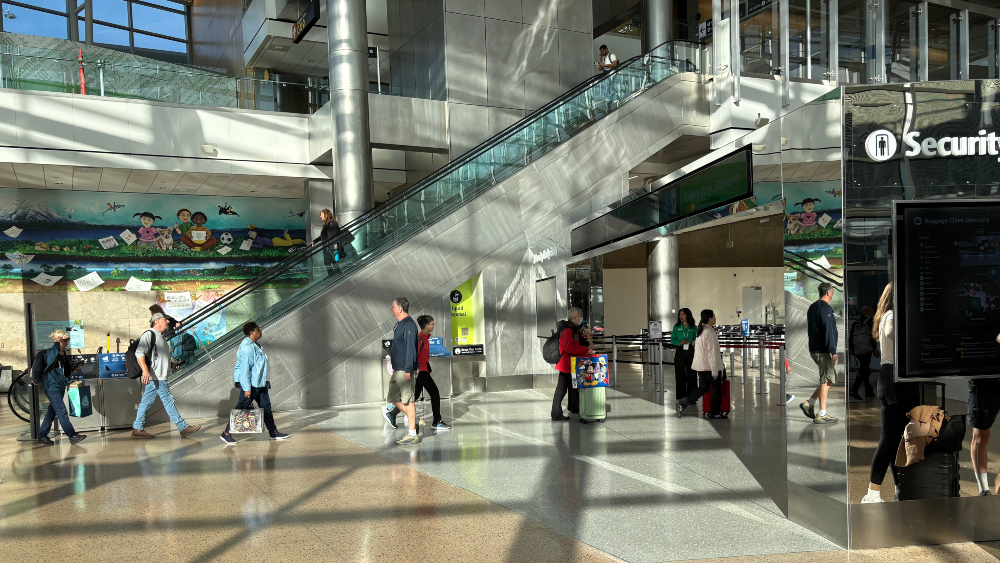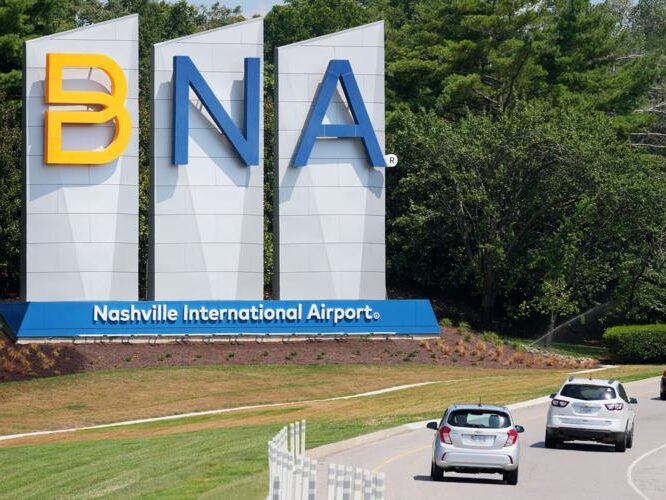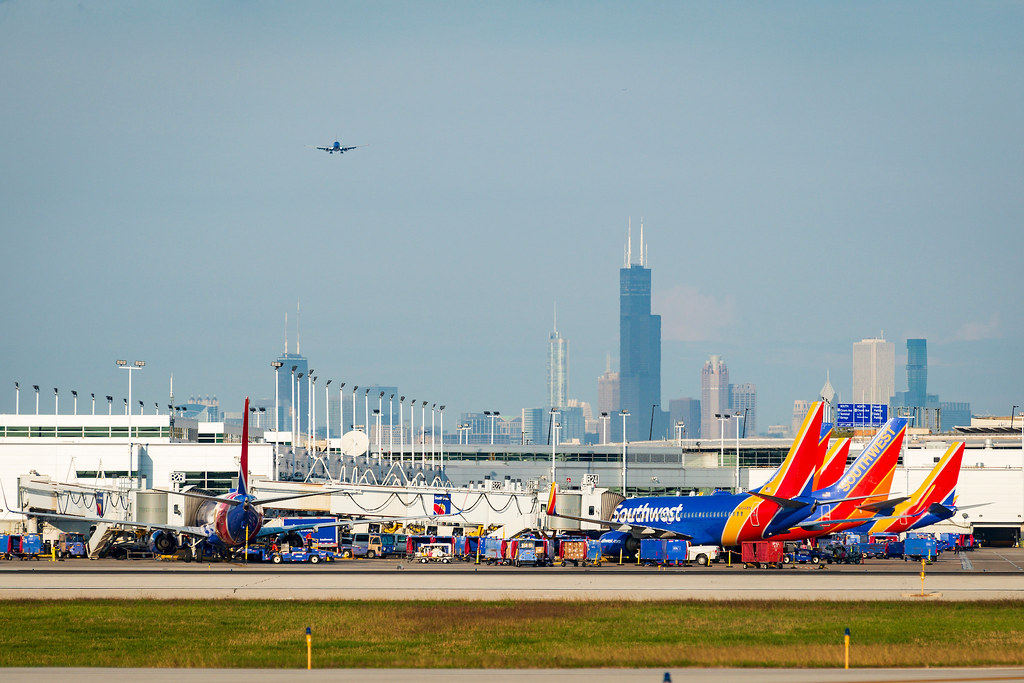The Federal Aviation Administration (FAA) has issued a new statement regarding a recent midair collision at Reagan Washington National Airport (DCA) and the measures it is taking to identify any potential issues within the zone.
The collision involved a PSA Airlines Bombardier CRJ700 regional jet (operating as American Airlines Flight 5342) colliding midair with a Sikorsky H-60 helicopter while on approach to Runway 33 at Reagan Washington National Airport.
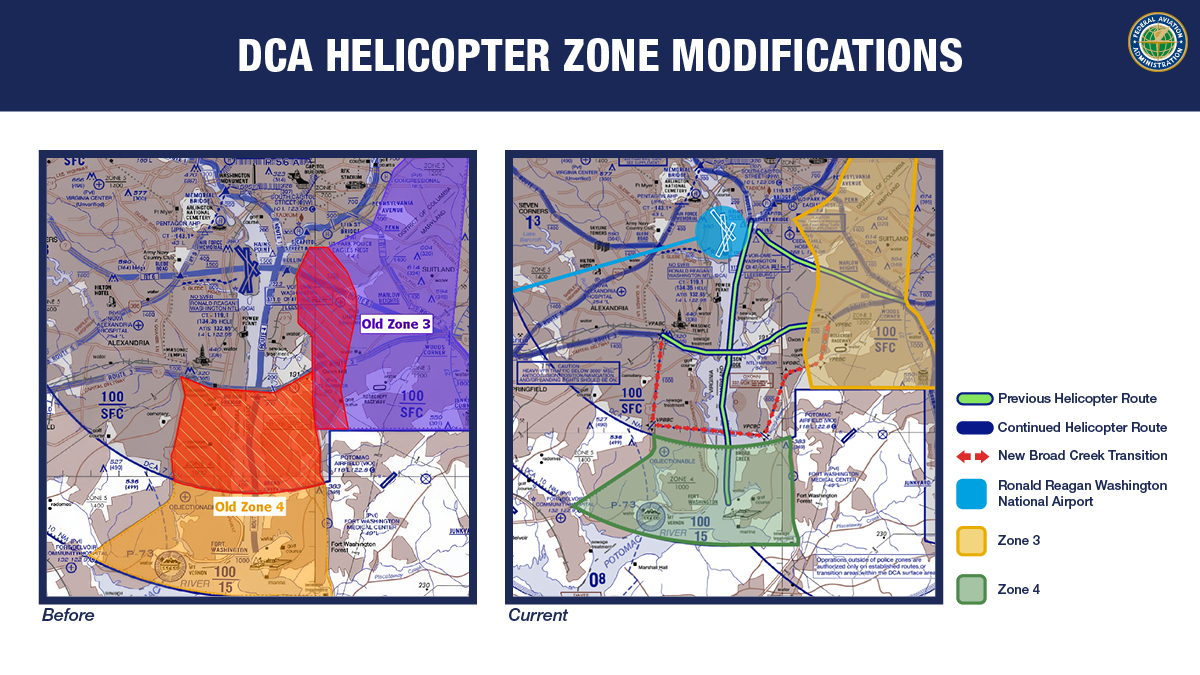
The flight departed from Wichita, Kansas, with the incident prompting a full investigation by the National Transportation Safety Board (NTSB).
Following the collision, the FAA has published modifications to the existing helicopter zones and routes surrounding DCA.
The new safety measures, which the FAA states do not alter permanent restrictions, route closures and procedures for urgent missions following the NTSB’s preliminary recommendations in March, have seen the FAA reduce both the boundaries of Zones 3 and 4, relocating them further from the airport itself and ensuring larger spaces of separation between helicopters and other aircraft.
The FAA requires that all aircraft operating both in and around DCA broadcast their position and identification using ADS-B out, with some limited exceptions.
A new Broad Creek Transition has also been put in place for helicopters travelling south of the airport in order to widen vertical separation from commercial aircraft approaching the airport.
The FAA recently held stakeholder engagement meetings with the Department of Defense, DC Metropolitan Police and medical helicopter operators, and participated in Congressional and community engagement to discuss route changes.
The changes were issued as part of a standard charting schedule, which are routinely published every 56 days. The digital copy of the schedule was made available roughly 20 days before the changes were implemented, with pilots now made to ensure they are using current and accurate aeronautical date for both safety and compliance. All local air traffic controllers have also undergone full training from the FAA.
The FAA has stated it will continue to assess safety data, as well as areas of risk, within the Baltimore-Washington area, as well as airports with high volumes of mixed traffic.
In April, the FAA increased both support and oversight for the air traffic control team at DCA, also carrying out an evaluation of current arrival rates at the airport.


